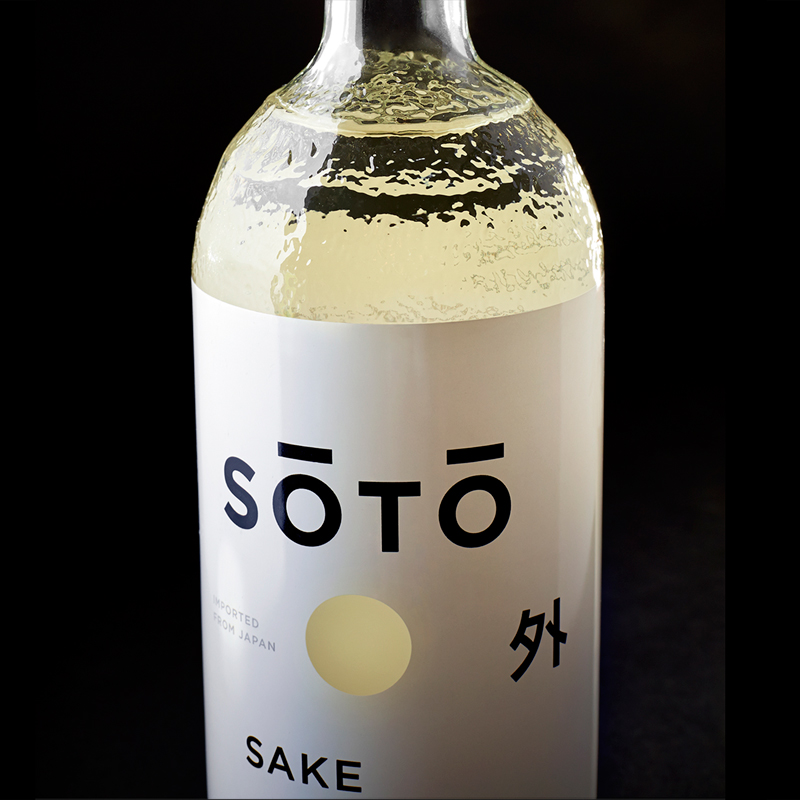SOTO: An Elegant New Sake
A premium Japanese rice wine blending modernity with tradition


Sake brewing dates beyond recorded history—with its earliest textual mention in the third century. Sudo Honke, Japan’s oldest sake brewery, has been operating since it opened in the year 1141. It’s one of the oldest businesses in the world that’s still active today. There’s an illustrious history to this nuanced alcoholic beverage—a rice wine made in a way more akin to beer. And Billy Melnyk is familiar with it all. Melnyk, founder of the recently released SŌTŌ sake spent 12 years working with Bacardi and Grey Goose before venturing out on a quest to develop a premium sake that would remain authentic to heritage while appeal more to a Western market. For those not familiar with all of the ins and outs of sake, and what a premium descriptor means in this context, it comes down to ingredients and design.

Melnyk toured facility after facility to find one that could produce a recipe he developed while training as a sake sommelier in the program of acclaimed sake expert John Gauntner. In settling upon one (which has been producing for 70 years), his specific requests included finely polished rice and a reliable water source. The rice polishing process takes time, but contributes to a smoother flavor. Water, of course, is crucial to alcohol production and MeInyk’s brewery pulls theirs from mountains in the Niigata Prefecture. As he explains to CH, “For SŌTŌ, we wanted to make sure everything was very authentic and traditionally Japanese. There are clever and creative sakes made worldwide, but we wanted the artistry and authenticity of Japanese rice and Japanese water, and a Toji, a master sake brewer in Japan. Everything we did was sourced from or made in Japan.”

There are over 70 different sake brewing rice types (from grain variation to polishing). SŌTŌ is a Junmai Daiginjo, meaning the polishing of each grain allows for a refined flavor, though keeps the body medium and elegant. This sake is highly aromatic, with apple and melon the two most notable standouts. It’s similar on the tongue, though there’s a creaminess which is not overly sweet. At 15.5% ABV it’s punchier than most wines, but on par with most sakes in the States. All of this makes SŌTŌ unique, in that it should be served lightly chilled (like all high-end sakes), but it also holds up exceptionally well with many types of food and, as Melnyk encourages, can and should be used in cocktails.

As for why he went down the path of developing his own sake, MeInyk shares, “Quite honestly, I have a respect for Japanese culture and heritage. I’ve been there quite a bit and I fell in love with it all, and the history of craftsmanship and innovation. In going there, you realize two things: everything has a process and an order, and there’s a celebration to the little things in life.” With that in mind, MeInyk tasked New York designer Joe Doucet to create a bottle that would reflect such history and heritage. Doucet did so, beautifully, with a few modern flourishes. For anyone afraid to give sake a go, SŌTŌ makes for a premium introduction.
SŌTŌ sake is available at Bowery & Vine for $40. It’s also served at EDITION Hotels, Juni and Shuko.
Images courtesy of SŌTŌ Sake












